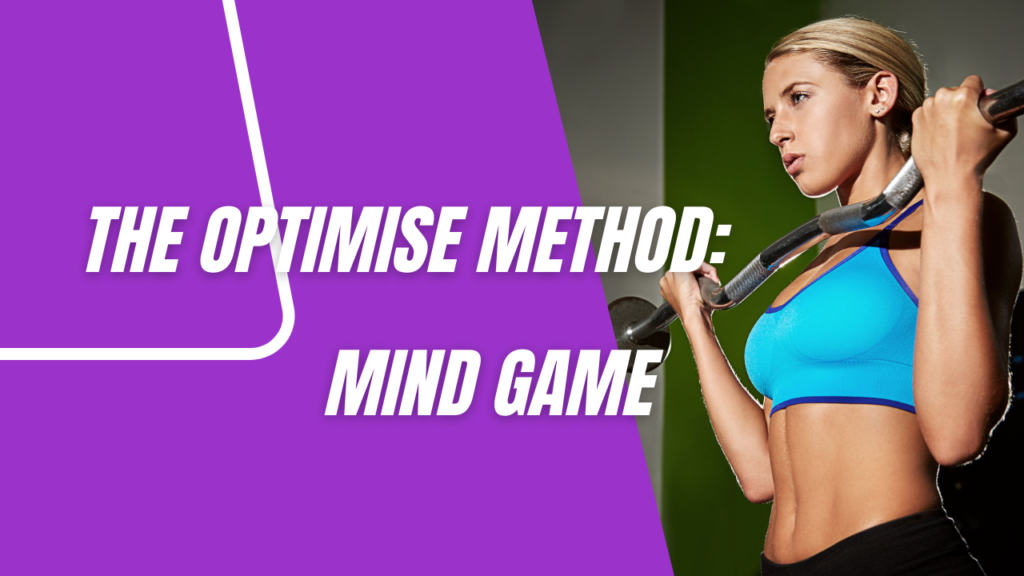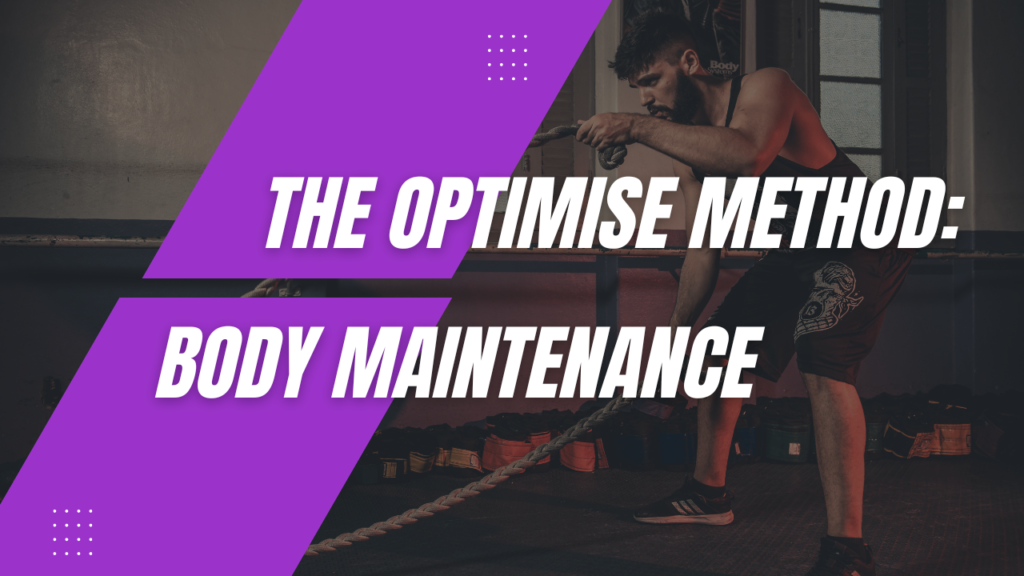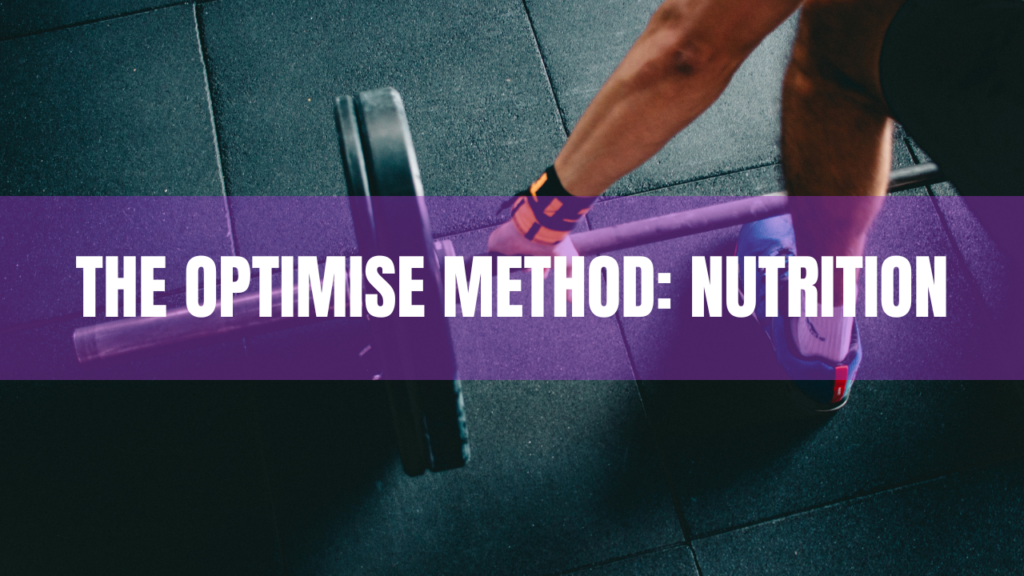In the fitness world there’s always that new thing people are doing. I have witnessed a heap of it over the couple of decades I have been in the industry. The advent of new exercises is one such development. In 2006 the Glute Guy, Bret Contraras came out with the idea we should all be doing hip thrusters. It was such a no-brainer and he henceforth built a very high standing in the community due to his insightful and accurate contribution. It did take a decade before the exercise really caught on though.
More commonly it’s the fad stuff that comes along, things like those plastic pipes that have hand grips that you throw around in different ninja-like movements. Then there was the “half” gym ball fixed onto a platform that supported your back when doing crunches (why were you doing them anyway lol) or served as a landing platform for jumps because in the real world we always jump onto half balls, right? Unless you are training for the Ultimate Ninja TV show then doing them actually has no benefit and could create issues for your motor unit development. You could also hurt yourself. The vibrating plate was another gimmick that seemed to have science on its side and I believe it still does but performing regular lifts like deadlifts or chest presses doesn’t seem practical on such a small platform. These 3 examples and a few others now pretty much gather dust in the corner of gyms unless some of you reading this are still using them…….something I would suggest you stop doing asap.
As I have written about previously the fitness industry is absolutely rife with products and services that continually do not do what they claim they will but because of the human proclivity towards taking the easy route, many of them continue to be utilised.
Popping a pill to lose weight is a far better option than taking care in what you eat. Strapping on a belt that will vibrate away fat is much better than not eating fast food every other day.
The issue comes down to most people really not knowing what they should be doing exercise-wise. And it starts with the basics.
First and foremost lifting light weights will not make you strong, even if you do hundreds of repetitions. Understanding that high rep ranges with light weights usually results in hypertrophy which is bulging muscles, not necessarily strong muscles. Plus and most importantly you do not get the significant benefit of increased growth hormone, testosterone and estrogen release in high rep ranges, these benefits only occurring when you lift heavy weights over smaller rep ranges. The big guys and girls that do high rep ranges and are strong are usually strong because of the “juice” they take. But even these bodybuilders recognise the benefit of lower rep ranges many of them cycling through different rep ranges within their programs.
So continually walking into the gym and banging out multiple sets of high rep exercises in multiple exercise types is the road to no where.
Which leads me to the second basic concept most gym goers do not understand. Your strength training program should be underpinned by free weight, compound barbell, dumbbell and kettlebell lifts. Machines are for the pro bodybuilders not average Joe’s that do not even understand the basics. Trying to “spot train” weak areas or “lagging muscles” with this machine or that is psuedoscience at its peak.
The human musculoskeletal system is a single, homogenous unit and should be trained that way. All of our metabolic, endocrinal, respiratory, cardiovascular and nervous systems respond positively together in unison when you apply resistance to the unit – then and only then begins the process of optimisation. The only way you can mobilise this process effectively is with free weight compound movements.
And finally the last key basic you are not doing is high intensity short duration cardio.
Time and time and time again I see people strapping themselves onto treadmills, bikes, ellipticals whatever and banging out km after km of steady state cardio in the completely baseless idea that it will burn away fat. They’re not entirely wrong, they will burn a little fat but they will concurrently have a negative effect on their hormones hindering muscle growth and a majority of the potential fat-loss plus create long term issues for their joints.
“Ahhh but I use the bike and not the treadmill so my joints are fine, likewise me that uses the elliptical.”
Not correct. Sitting down and pedalling has long been asscociated with hamstring shortening plus chronic hip flexion presenting as tight and misfiring psoas and piriformis muscles. None of these are good. And as for elliptical use, the hip motion/pattern when using this type of equipment is nothing like what we could describe as normal and I would suggest it would similarly result in many compensatory patterns up and down the kinectic chain.
In my opinion short bursts on the treadmill or bike won’t have a significant negative effect but you are much better doing your HIIT outside on tracks, the road or grass. In the gym use plyometrics like jumps, burpees, mountain climbers, jumping jacks etc.
Unless you’re training for a distance event avoid long distance cardio. And even then you may want to take a leaf out of the training philosophy of a pioneer of distance running and one that became a legend, Emil Zatopek who rarely ever ran the race distance in training focussing instead on running faster, repeat efforts over shorter distances. He famously remarked when asked about his training style –
“Why should I practice running slow? I already know how to run slow. I want to learn to run fast.”
Zatopek in his first Olympic games won the 5000 and 10000 metres and on a whim decided to run in the marathon as well. He won gold in all 3.
He wasn’t a plodder, he was an athlete, teach yourself to be an athlete!
Build your training around the basics and reap the rewards –
- Lift heavy weights.
- Do compound lifts with barbells, dumbbells and kettlebells.
- Do HIIT cardio to a maximimum of 15 minutes.
Darren Blakeley, Owner, Optimise Fit, Phuket, Thailand





